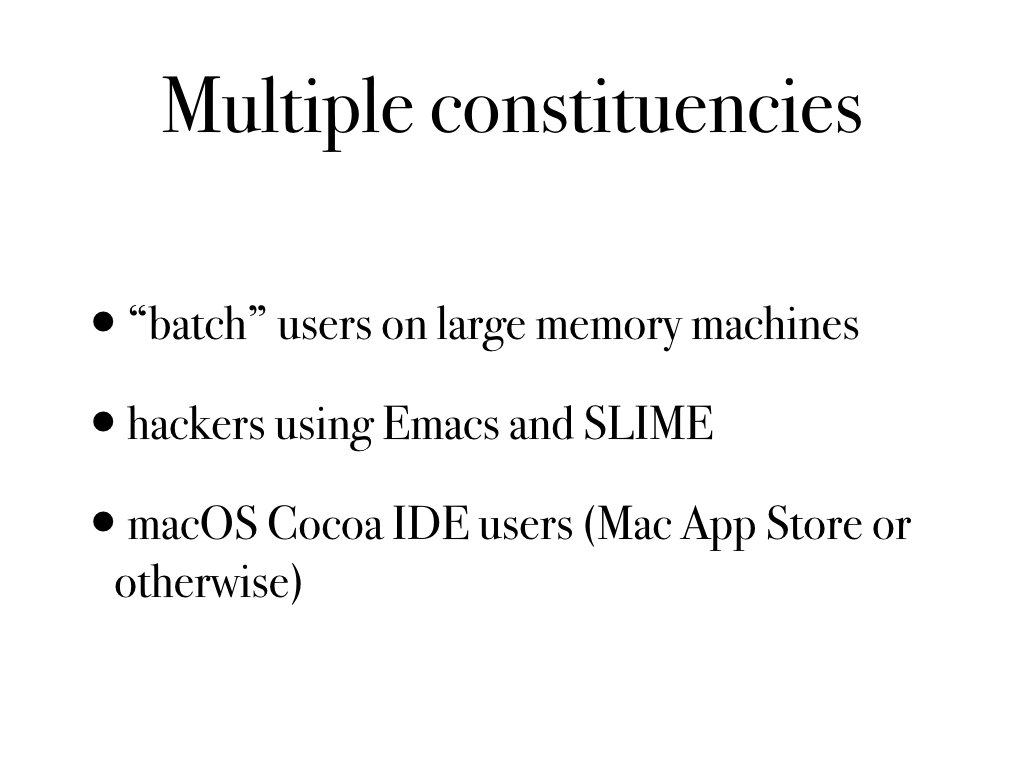When the DMG file is opened, it a virtual disk on the desktop and in an Apple Finder window as if it was a or a that was just inserted into the computer.In the Finder window, the Mac user can double-click the program icon, which is an APP file, to run the app. Run dmg file on windows. Therefore, DMG files can be deleted after installing the software.While DMG files are Mac-specific and not intended for use in Windows, there are several Windows programs that can extract their contents or convert them to other formats. DMG files are especially common since their contents can be verified upon installation to ensure they have not been tampered with and they can also be compressed to reduce the size of the installer.When a Mac user downloads a DMG file, he can simply double-click it to open it with the DiskImageMounter utility that comes with macOS. Or the Mac user can drag the program icon to the 'Applications' folder icon to move it to the 'Applications' directory in macOS.After the software stored in the DMG file is installed, the DMG file is no longer needed.
UpdatesNov 24, 2018 The issue is that I don't know where gfortran 6.1 gets installed. I use the pkg image and it indicates the version should be available at /usr/local/bin/gfortran but every time I check it calls the system on. Tardis: jbsc$ gfortran -version GNU Fortran (Homebrew GCC 8.2.0) 8.2.0 I am not sure what path to add the to PATH.
Important Note: Using APFS is REQUIRED in Mojave in order to receive system updates via the normal Software Update method. If you choose to continue using macOS Extended (Journaled) as your filesystem type, you will NOT receive System Updates via System Preferences. If you are not using APFS, you can follow the 10.14.1 installation steps below.
Darius passive change from magic dmg to physical system. 10.14.6 can be updated normally via Software Update if using an APFS volume, and will need to be patched using an installer volume created with Mojave Patcher version 1.3.2 or later after installing.
10.14.5
Gfortran 8.2 Mojave Dmg Update
10.14.5 can be updated normally via Software Update if using an APFS volume, and will need to be patched using an installer volume created with Mojave Patcher version 1.3.1 or later after installing.
10.14.4
10.14.4 adds new changes that ARE NOT patchable by the post-install tool of Mojave Patcher v1.2.3 and older! Before updating to 10.14.4, you you will need to use the latest Mojave Patcher version to create a new installer volume, using the 10.14.4 installer app. Mac os sierra 10.12 dmg file download tool. Then, update to 10.14.4, either by installing via Software Update, or by just using the installer volume you've created to install.
10.14.3
If you are currently running 10.14.1 or 10.14.2, you can simply use the Software Update pane of System Preferences (if using APFS) to apply the 10.14.3 update. Once the update is installed, you will most likely need to re-apply post-install patches to get the system to boot again. This process is detailed in steps 8 - 10 above. If you are currently running 10.14.0, you'll need to proceed with the 10.14.1 update method described below.
10.14.2
If you are currently running 10.14.1, you can simply use the Software Update pane of System Preferences (if using APFS) to apply the 10.14.2 update. Once the update is installed, you will most likely need to re-apply post-install patches to get the system to boot again. This process is detailed in steps 8 - 10 above. If you are currently running 10.14.0, or are using a non-AFPS volume, you'll need to proceed with the 10.14.1 update method described below.

10.14.1/macOS Extended (Journaled) volumes
The Mojave 10.14.1 update does NOT install properly on unsupported machines, and could result in an unbootable OS. Diablo 2 amulet to prevent physical dmg disease. If you want to install the 10.14.1 update (and are not currently running 10.14.1), perform the following steps:
• Download the latest version of Mojave Patcher
• Download the installer using the Tools menu of Mojave Patcher
• Create a patched USB installer
• Boot from that, and install 10.14.1 onto the volume containing an older release.
• Once done, apply the post-install patches, and you should now be on 10.14.1.
Os x 10.11.4. I tried to made a bootable usb and download el capitan from several sites but only with your file my usb become bootable and i succeeded to install it. shittymacSo, here’s the thing.